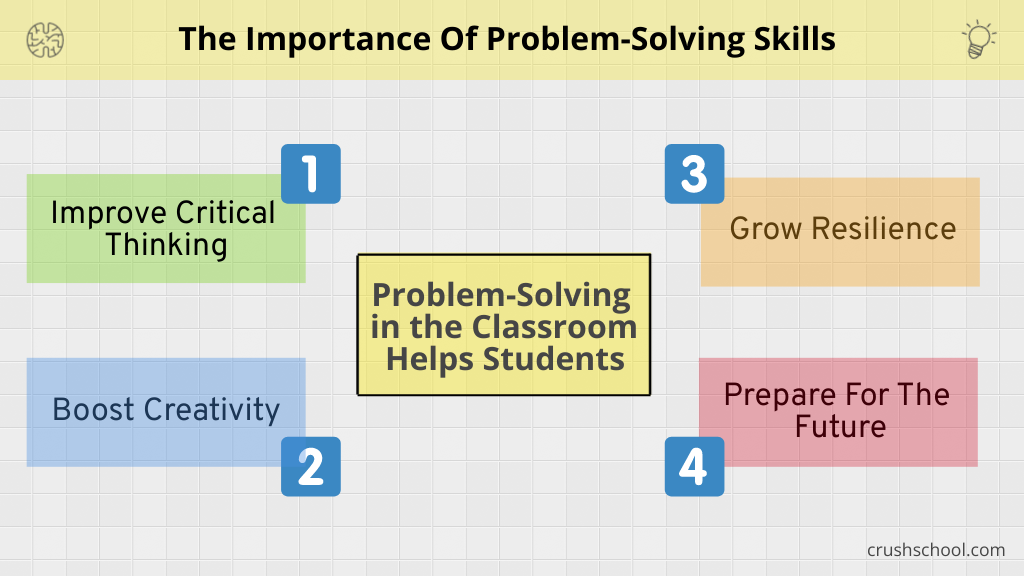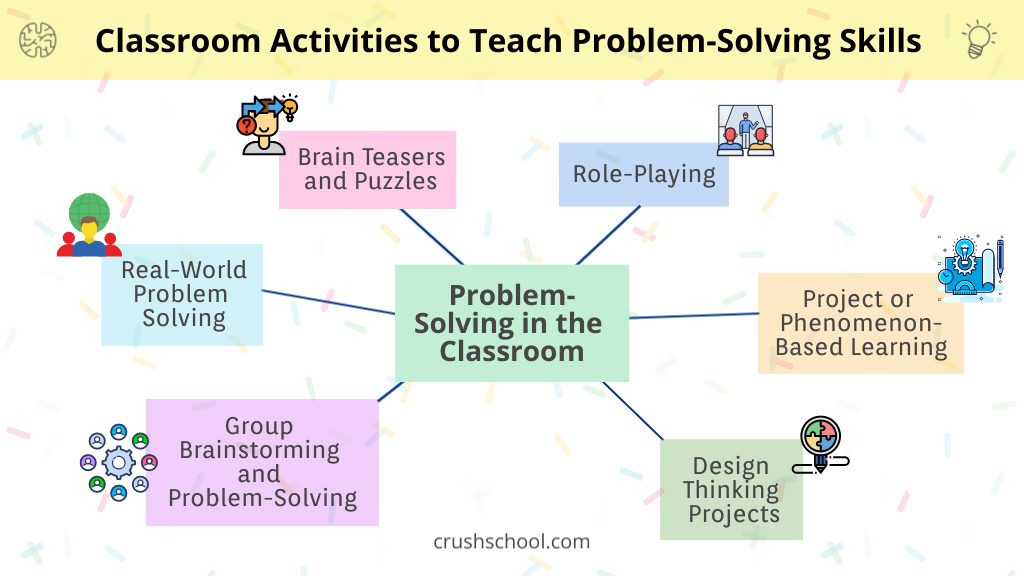Transforming Science Learning with Science and Engineering Practices
Whether you are the proponent of the seemingly never ending evolution of academic standards or not, I hope you will agree with me that we need to shift away from the model of education in which students are asked to memorize and mindlessly recall facts, in favor of a system that empowers them to think critically, encourages them to use creativity, and gives them ample opportunity to gain confidence in their ability to solve problems.
Enter the Next Generation Science Standards, or NGSS. The NGSS writing team recognized that present day jobs require more aptitude in science, technology, engineering, and mathematics (STEM) than in the past. They also recognized that this trend is intensifying - as we innovate and become more advanced technologically, STEM-skilled workforce is more in-demand - regardless of the job type.
To this end, the NGSS identifies eight specific Science and Engineering Practices (SEPs) that students should experience throughout their education. SEPs outline the behaviors and activities that scientists and engineers undertake as they investigate phenomena and develop solutions to problems and are a component of NGSS designed to provide a pathway to engaging students in the processes of scientific inquiry and engineering design.
Here’s the scoop:
Developing and Using Models
This practice includes creating and using physical, conceptual, and computational models to represent and understand phenomena and to predict behaviors in science and engineering.
Classroom Example: Students create a 3D “Reason for Seasons” model to show why many locations on Earth experience spring through winter.
Asking Questions and Defining Problems
This practice involves formulating questions to clarify problems, seek additional information, or challenge existing concepts in science and engineering.
Classroom Example: Students investigate the effects of an El Niño event on their local weather by asking questions about factors that affect weather and defining the problem of how the El Niño will affect factors such as temperature and precipitation.
Planning and Carrying Out Investigations
Students design and perform experiments to test hypotheses and collect data to answer specific scientific questions or solve engineering problems.
Classroom Example: Students design and perform an experiment to test the albedo of different land surfaces such as soil, sand, grass etc.
Analyzing and Interpreting Data
This practice focuses on examining data collected from investigations to identify patterns, trends, and relationships, and to draw meaningful conclusions.
Classroom Example: Students analyze weather data for a month to identify how variables such as pressure affect wind direction and precipitation in their area.
Using Mathematics and Computational Thinking
This practice involves applying mathematical concepts and computational tools to analyze data, represent physical variables, and solve scientific and engineering problems.
Classroom Example: Students use math to calculate their carbon footprints based on energy consumption, transportation, and lifestyle choices, then analyze ways to reduce it, and present it as a percentage.
Constructing Explanations and Designing Solutions
Students develop evidence-based explanations for natural phenomena in science and create innovative solutions to problems in engineering.
Classroom Example: Students design and build a water filtration system using household materials, explaining the science behind how each component removes contaminants.
Obtaining, Evaluating, and Communicating Information
Students gather, assess, and effectively share information from various sources.
Classroom Example: Students research renewable energy sources and present their findings in an infographic, highlighting the benefits and challenges of each source.
Engaging in Argument from Evidence
This practice entails evaluating and arguing (in a good way…) based on evidence to support or refute claims, facilitating the validation of scientific findings or engineering solutions.
Classroom Example: Students debate the potential impacts of a new local construction project e.g. a mall, on the environment, using research and data they find online to support their positions.
So Why Should We Care?
In life… shift happens. It is happening in the world of work, as it shifts away from individual-based, repetitive task completion to a system that requires more creative communication, increased collaboration, and complex problem solving. Our students need practice to build these skills. SEPs might not be the only way, but they provide a path that doesn’t suck and can help teachers lead the way.
If you found this post helpful, sign up for my Teaching Tips, Resources, & Ideas Newsletter to get the next article when it drops. It’s totally free.
BOOKS & TOOLS
- August 2025 3
- July 2025 4
- June 2025 2
- August 2024 2
- July 2024 2
- June 2024 1
- October 2023 1
- September 2023 3
- August 2023 6
- July 2023 6
- July 2022 2
- June 2022 1
- November 2020 3
- October 2020 3
- April 2020 1
- March 2020 5
- July 2019 1
- June 2019 1
- April 2019 1
- January 2019 1
- November 2018 3
- October 2018 2
- September 2018 1
- August 2018 8
- July 2018 11
- June 2018 4
- May 2018 5
- April 2018 2
- March 2018 4
- February 2018 5
- January 2018 3
- December 2017 1
- November 2017 5
- October 2017 7
- September 2017 6
- August 2017 5
- July 2017 3
- June 2017 10
- May 2017 7
- April 2017 7
- March 2017 15
- February 2017 12
- January 2017 13
- December 2016 15
- November 2016 8
- October 2016 7
- September 2016 12
- August 2016 14
- July 2016 10
- June 2016 13
- May 2016 10
- April 2016 8
- March 2016 5
- February 2016 7
- January 2016 6
- December 2015 5
- November 2015 8
- October 2015 2




















